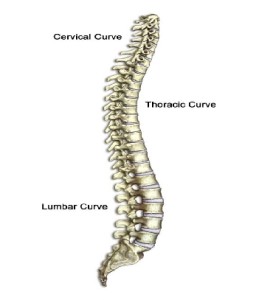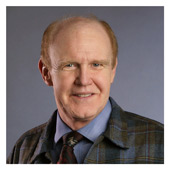Low Back Pain: 5 Management Strategies
 As the incidence of low back pain(LBP) is trending higher in the general population numerous anatomical or matter science methods are suggested Now there are new anatomical observations about the mechanical carriage of the spine that suggests that there has become too much thoracic curvature and that the back in more primitive cultures was more J shaped than the gentle S curve that is shown in spinal diagrams The reason given for this is our sedentary culture and the incorrect use of furniture
As the incidence of low back pain(LBP) is trending higher in the general population numerous anatomical or matter science methods are suggested Now there are new anatomical observations about the mechanical carriage of the spine that suggests that there has become too much thoracic curvature and that the back in more primitive cultures was more J shaped than the gentle S curve that is shown in spinal diagrams The reason given for this is our sedentary culture and the incorrect use of furniture
Let's look at how the energy science anatomy looks at LBP
The Anatomical Home of the Vata Energy Pattern
Vata, the energy pattern of movement, has the qualities of cold, light, mobile, dry, rough, subtle, and clear
As we have discussed before the role that Vata plays in disease labels begins in the GIT and then spreads from the colon and/or lower rectum to the pelvic nerves or to other parts of the mindbody to produce the varied presentation of Vata imblance
The anatomical home for Vata is the colon, pelvic girdle, thighs and lumbosacral(LSS) spine It is this latter involvement that leads to Vata when increased to produce symptoms of pain in the lower back
How does Vata increase its qualities? First, lifestyle choices such as lack of proper rest, lack of regimen, and foods that produce Vata aggravation This is particularly important for those with a PV type of energy constitutional makeup Secondly, when agni or digestive power is affected it can lead to a progressive buildup of Vata in the rectum that then leads to symptoms in the LSS
There is no pain without Vata This is because Vata primary functional area of the mindbody is the nervous system So when Vata accumulates and then aggravates the tissues Vata is the first to produce complaints of pain
5 Management Strategies for LBP
The qualitative reasons for LBP are cold, light, mobile, dry, rough, subtle, and clear due to the localization of the Vata energy pattern in the LLS area Another important observation already discussed is the close relationship between the pelvic and pectoral(shoulder) girdles
Pranayama(PY) Since the breath ties together the pelvis(apana vayu) and the shoulders(udana vayu) together it is no surprise that breath exercises can facilitate over time back rehabilitation This strategy improves the flexibility of the musculofascial planes surrounding the LSS and the strength of the supporting muscles of the entire back PY is the best way over time to make this happen Loss of flexibility is related to the cold, dry, and rough qualities The loss of strength is related to the light, dry, rough and subtle changes
Mahanaryan oil This is an excellent penetrating oil that quiets the Vata qualities of dry, rough, and subtle There are energy science methods of oil application that are ingenious and highly effective in improving ability to loosen the tissue rigidity occurring due to cold quality
Heat The cold quality is always present in any pain complex so the liberal use of the hot quality, preferably moist heat
Become a floor dweller This may seem rather radical but even laying on the floor for brief periods of time can be very therapeutic for LBP This is because when the back's foundation(LSS) becomes impaired all aspects of the back become involved Using the floor helps provide support to the upper thoracic back which becomes problematic due to the LSS Vata effect
Become conscious of your posture As we started in this discussion being aware of our posture becomes an important part of rehabilitation of the lower back by targeting how we carry the upper back particularly the thoracic curve This is done by paying attention to the shoulders keeping them drawn back and down This action improves the lordotic J hook of the LSS and reduces the prominence of the thoracic spine PY helps improve the overall strength of the back so that this action on the thoracic spine can be held for long periods of time




